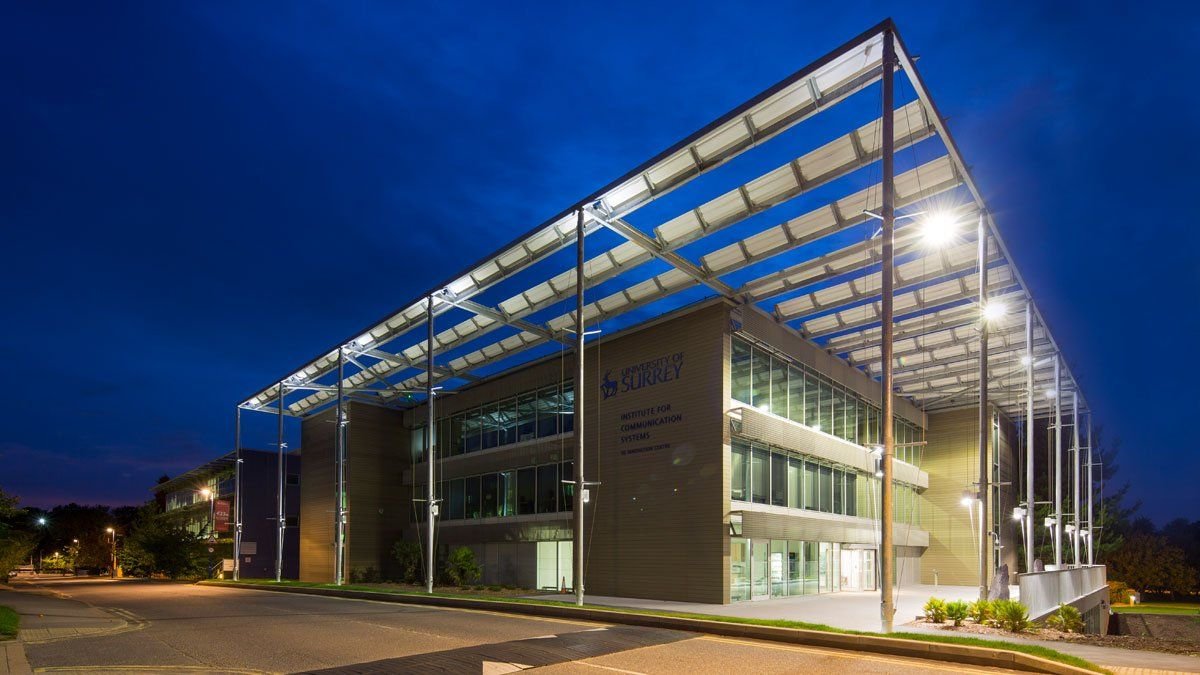

The University of Surrey says its research into 6G technology will be guided by a "distinctive vision" that focuses on ubiquitous coverage and how cellular networks can bridge the physical and virtual worlds. The 5G Innovation Center (5GIC) was established on the Guildford University campus in 2013, enabling academics, operators and vendors to work on candidate technologies and use cases for the 5G standard. Since then, it has established itself as one of Britain's leading 5G research centres.
University of Surrey 6G
"Since its inception in 2013, the 5G Innovation Center has embodied the University of Surrey's philosophy of working with industry on societal and industrial challenges, to enable life-changing innovations," said the professor. Max Lu, President and Vice Chancellor of the University of Surrey. “Today we affirm our mission in this journey towards the digital future with '6GIC', our vision and our research strategy for the next ten years. Now is the time for academia, industry and the UK to start the journey to 6G together in collaboration with our international partners. Resources will always be available for 5G development, but now that these networks are a commercial reality, the university has turned its attention to the next generation of connectivity. Early 6G networks are expected to improve speed, capacity, and latency compared to 5G, but that's the bare minimum expected from a new generation of mobile technology. The real breakthroughs will be the integration of intelligence and the use of new types of spectrum, such as the terahertz band. The first commercial 6G networks are expected to be operational by 2030. 6GIC says its vision is one that supports transformative services that respond to major societal challenges such as climate change, pandemic control and economic growth. There is also a desire to improve the quality and capacity of networks without simply resorting to adding new spectrum. A 6GIC white paper outlines two key research topics. The first is "environmental information," a fusion of the physical and virtual worlds driven by sensors, geolocation, and wireless technologies that augment human capabilities. The second is a ubiquitous blanket. While 5G ostensibly solves capacity and latency issues for now, 6GIC will work to see how smart surfaces and satellite technology can provide coverage to indoor environments and hard-to-reach areas. "What we are being told by members of our industry is that the traditional approach of ever higher data speeds in ever higher band of spectrum is becoming mobile," said Professor Rahim. Tafazolli, director of 6GIC. "A completely new approach is needed to mobilize new and exciting services that respond to major global challenges."

